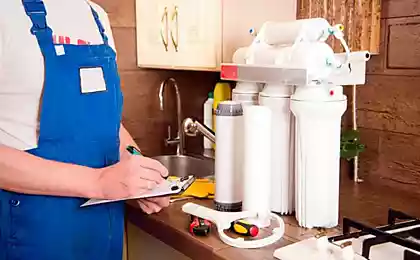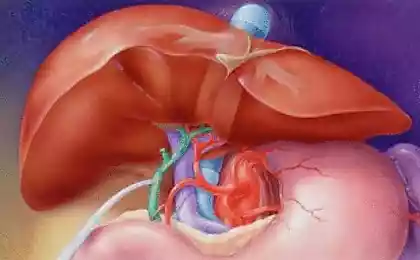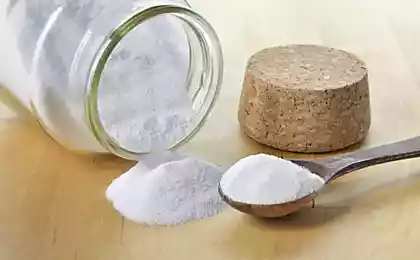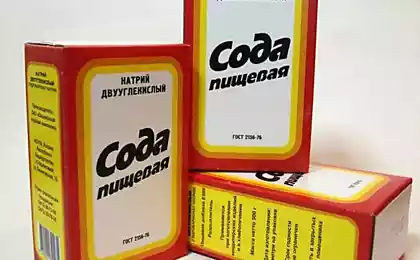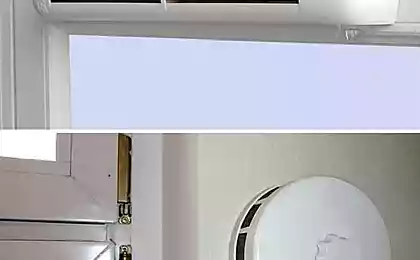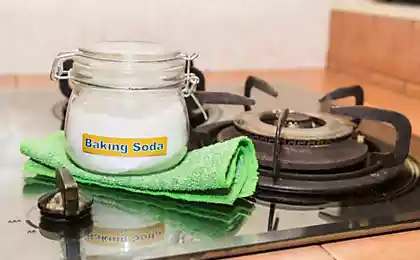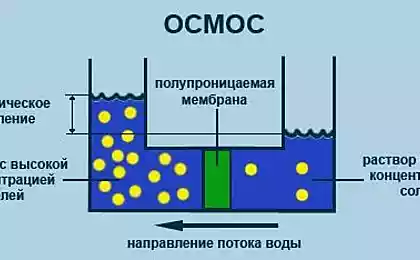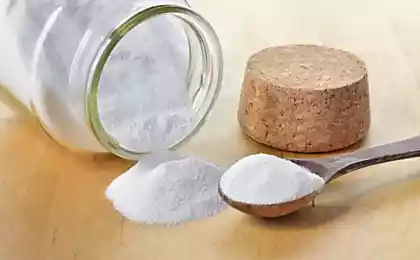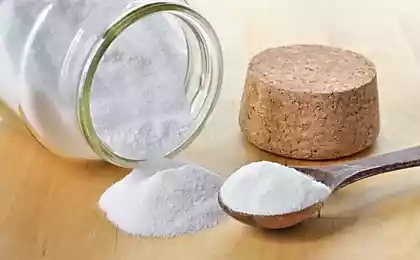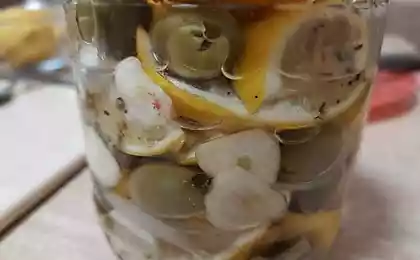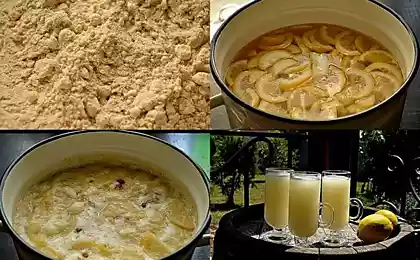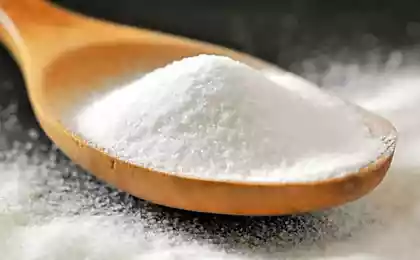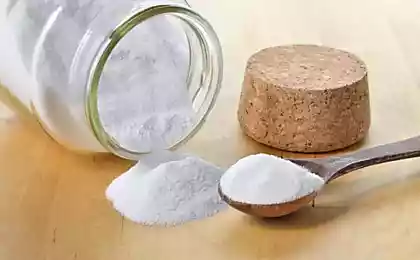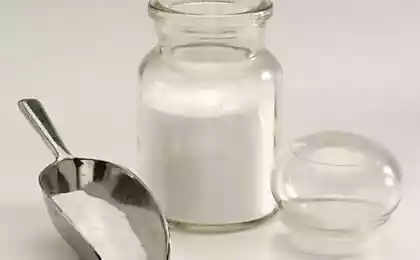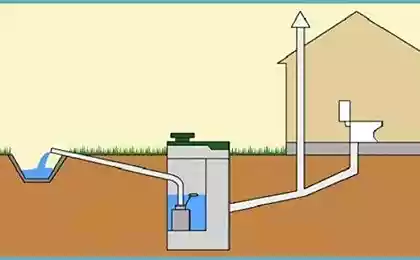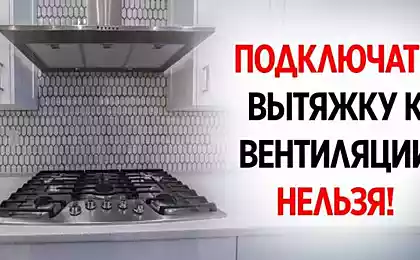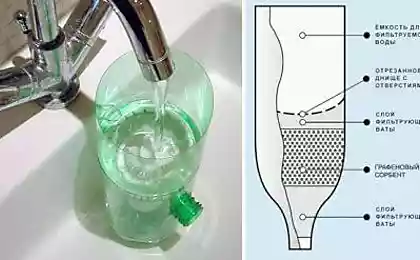138
Methods of cleaning kitchen hood
Regardless of power, type or size, care and cleaning are very important for hoods. Sooner or later, fat and soda accumulate on the net and fans, as well as on its body. And it does not matter if the hood is installed in the kitchen of a large restaurant or it is normal. hood with a one-bedroom Khrushchev.
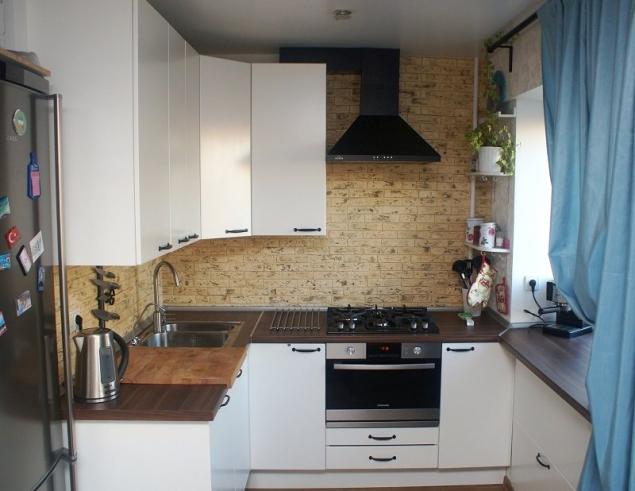
Pinterest
Thus, the attractive appearance of the new hood is lost first. Then the surface becomes sticky from greasy plaque, and the clogged grille does not protect against smoke and foreign smells. Moreover, everything can end up even worse – the device can simply burn, and this is a danger of a completely different level. So let’s consider how to properly keep the hood clean, regardless of the type of contamination.
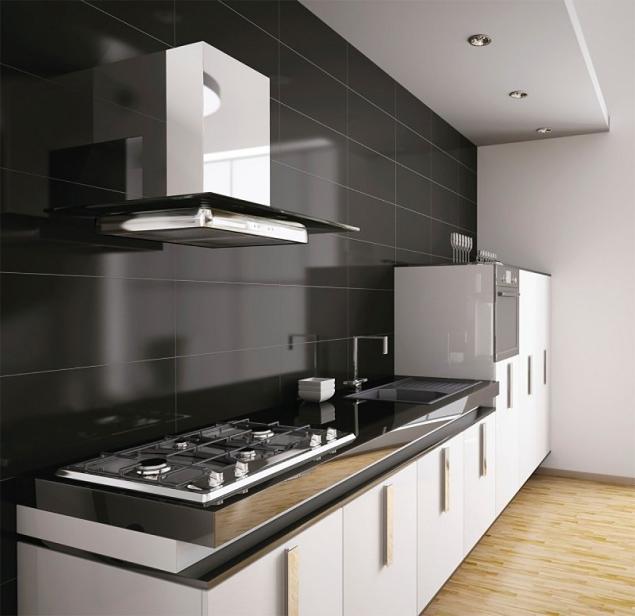
Pinterest
If you notice that the hood began to cope worse with their duties, it appeared stains of fat, and its sound changed when working, perhaps it is pollution. You need to quickly start cleaning the device, and how to do this, we will tell you in stages.
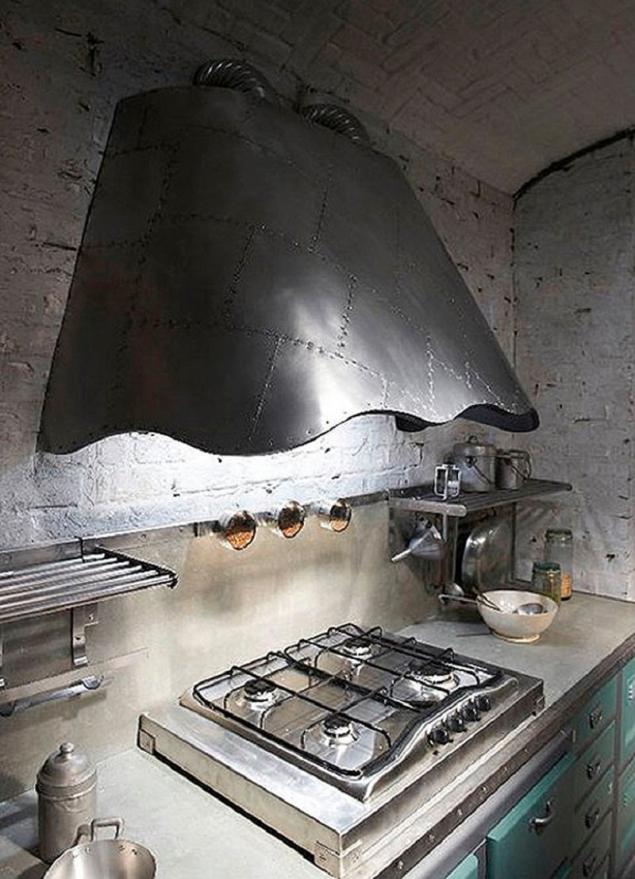
Pinterest
If there are no special cleaning products at hand, and the nets need to be wiped right now, no problem. Let’s see what can be used as an alternative.
Acetic acid and lemon
Just take a lemon and cut it in large pieces so you can hold it comfortably in your hand. Rub this lemon net and wait 15 minutes. Lemon juice will help to wipe the fat from the surface, and you will save time and nerves. No lemon, but citric acid? Dilute 2 tbsp. l. in 1 liter of water and place the nets in this solution for half an hour. Now to cope with fat will be much easier.
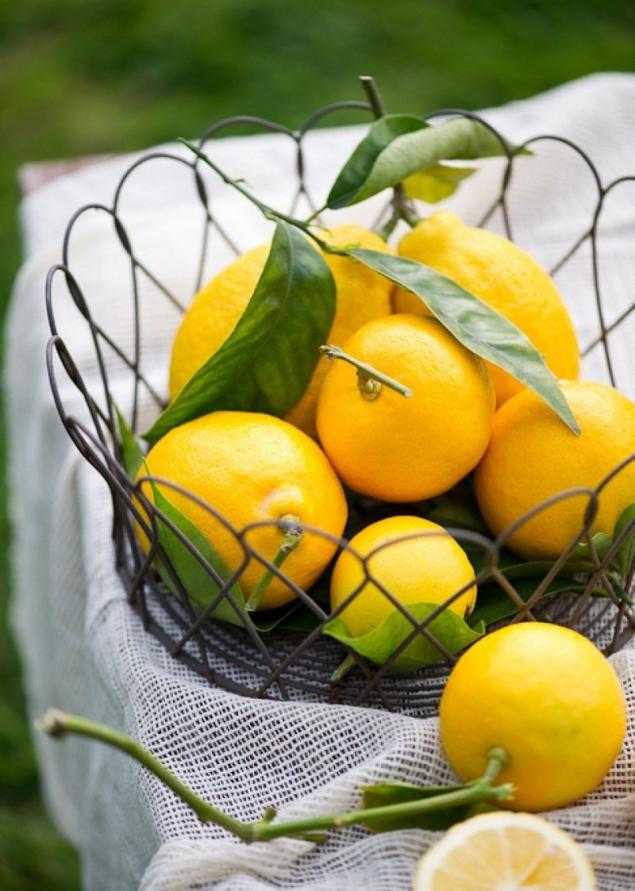
Pinterest Acetic acid also copes well even with old fat. Don’t confuse it with vinegar, it won’t work. Place the nets in a flat container with acetic acid for 15 minutes. Then just walk the hard side of the sponge or scrape on their surface. Thanks to the acid, the fat will stick almost independently. Do all the work with gloves.
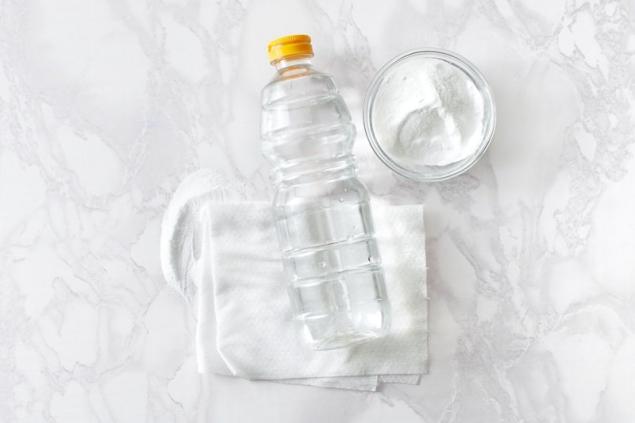
Baking soda
Another alternative to cleaning chemistry, which is found in almost everyone.
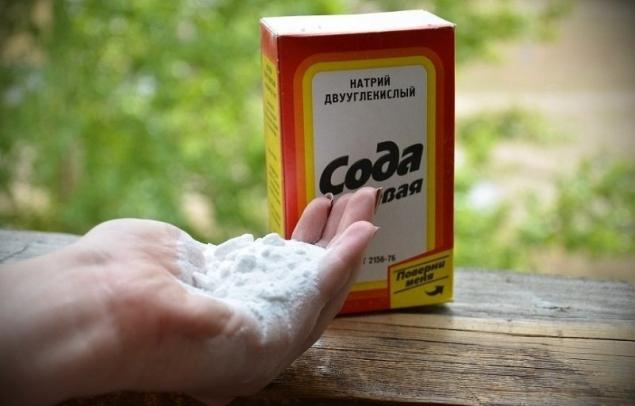
Pinterest
Ammonia
It will be useful if there are no alternatives at all. Extreme remedy, because cleaning with it is accompanied by a very strong unpleasant odor.
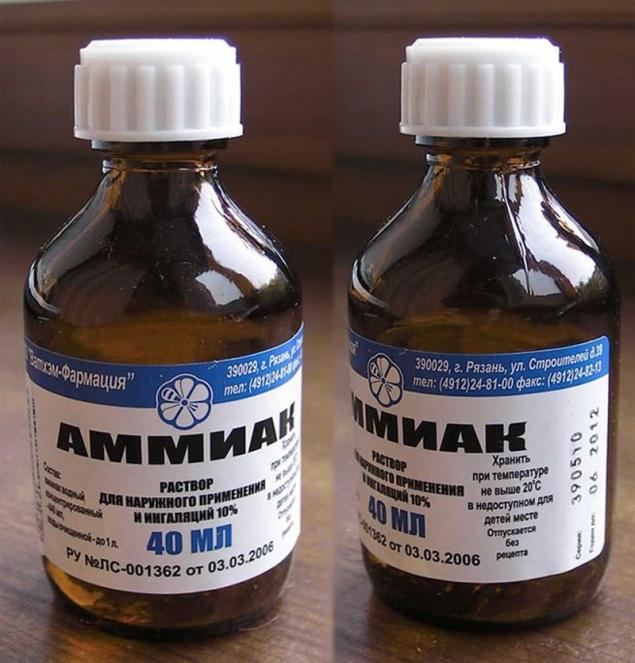
Pinterest
If you hood With disposable filters, don't clean them! Otherwise, their contents will deteriorate and stop working. Just change them in time, as the instructions say. The only thing we can advise the owners of such hoods - after the cooking process, keep the hood turned on for a couple of minutes. Thus, the carbon filters will dry from the steam trapped in them and as a result, serve longer.
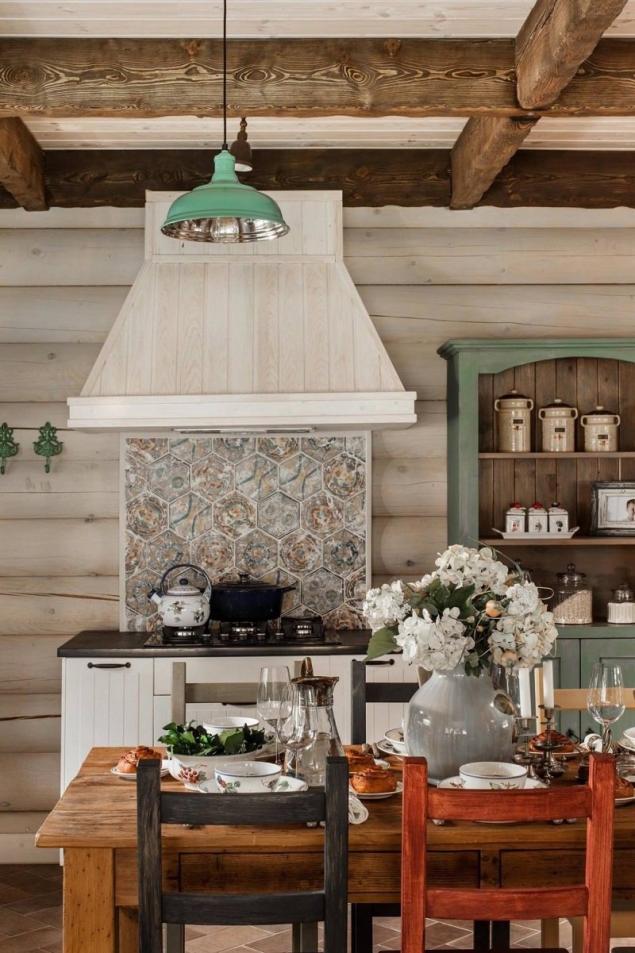
Pinterest
In addition to the internal work with the hood, do not forget about the appearance of its body. If it is large enough, then a lot of fat is collected on it. And this is a sticky surface, smells and just ugly.
As you can see, in high-quality cleaning of the hood is not difficult. Moreover, it does not need any special cleaning products, you can do with what everyone has at home. Of course, it will take some effort and a little time, but the result is worth it.

Pinterest
And finally advice: litmus test, signaling the contamination of the hood, will serve as the color of nets-catchers of fat. If stains appeared on them, this means that the process has started, the extraction at the initial stage of contamination. You can start to choose the means to clean it. We'll help you with that.

Thus, the attractive appearance of the new hood is lost first. Then the surface becomes sticky from greasy plaque, and the clogged grille does not protect against smoke and foreign smells. Moreover, everything can end up even worse – the device can simply burn, and this is a danger of a completely different level. So let’s consider how to properly keep the hood clean, regardless of the type of contamination.

If you notice that the hood began to cope worse with their duties, it appeared stains of fat, and its sound changed when working, perhaps it is pollution. You need to quickly start cleaning the device, and how to do this, we will tell you in stages.

- Turn off the hood. Take the instructions in hand and check with its contents on each item.
- Remove the grease traps. If you have a new model, it is easy to do. The old ones need a little tinkering. You may need to remove the decorative bars.
- Check and replace special internal filters if your model uses them. Also remove and clean the corrugated parts from the duct pipe.
- Wash the body and internal parts that you can access.
- Soak the nets in warm water with cleaning agent. Remove the fat from them with a sponge.
- Wait until all the parts dry, collect them in reverse order and connect to the network. Make sure everything works properly.
If there are no special cleaning products at hand, and the nets need to be wiped right now, no problem. Let’s see what can be used as an alternative.
Acetic acid and lemon
Just take a lemon and cut it in large pieces so you can hold it comfortably in your hand. Rub this lemon net and wait 15 minutes. Lemon juice will help to wipe the fat from the surface, and you will save time and nerves. No lemon, but citric acid? Dilute 2 tbsp. l. in 1 liter of water and place the nets in this solution for half an hour. Now to cope with fat will be much easier.

Pinterest Acetic acid also copes well even with old fat. Don’t confuse it with vinegar, it won’t work. Place the nets in a flat container with acetic acid for 15 minutes. Then just walk the hard side of the sponge or scrape on their surface. Thanks to the acid, the fat will stick almost independently. Do all the work with gloves.

Baking soda
Another alternative to cleaning chemistry, which is found in almost everyone.

- Find the right dishes to clean. It should be no smaller than the nets themselves.
- Fill it with water almost to the top and put it on fire.
- Wait until it boils and then make a minimum fire. Gradually pour soda in proportions of 1 tbsp. soda per 5-6 liters of water. Watch the bubbling fluid.
- Dip the nets in boiling water with soda for 15-20 minutes, until the fat and soda begin to move away from the surface. If the water is too dirty, drain and change it as many times as you need.
- Take out the filters, walk with a hard brush and rinse in warm water.
Ammonia
It will be useful if there are no alternatives at all. Extreme remedy, because cleaning with it is accompanied by a very strong unpleasant odor.

- Open the window and put on a mask or respirator.
- Boil the water in a suitable container.
- Pour ammonia in proportions of 100 ml per 6 l of water. Turn off the fire.
- Put the nets in the water for an hour or two.
- Well clean all the components with a hard sponge and wipe the clean parts of the hood with paper towels.
If you hood With disposable filters, don't clean them! Otherwise, their contents will deteriorate and stop working. Just change them in time, as the instructions say. The only thing we can advise the owners of such hoods - after the cooking process, keep the hood turned on for a couple of minutes. Thus, the carbon filters will dry from the steam trapped in them and as a result, serve longer.

In addition to the internal work with the hood, do not forget about the appearance of its body. If it is large enough, then a lot of fat is collected on it. And this is a sticky surface, smells and just ugly.
- Walk on the surface of the body with a wet cloth.
- Solve 1 tbsp. l. gel for dishes in a glass of water. Put the solution on the sponge and walk it around the body. Leave it for a few minutes.
- If the contamination is severe, use lemon juice additionally: apply it to the surface of the case and leave it for a few more minutes.
- Wash the body well, changing the water often. Wipe dry with a clean cloth.
As you can see, in high-quality cleaning of the hood is not difficult. Moreover, it does not need any special cleaning products, you can do with what everyone has at home. Of course, it will take some effort and a little time, but the result is worth it.

And finally advice: litmus test, signaling the contamination of the hood, will serve as the color of nets-catchers of fat. If stains appeared on them, this means that the process has started, the extraction at the initial stage of contamination. You can start to choose the means to clean it. We'll help you with that.
